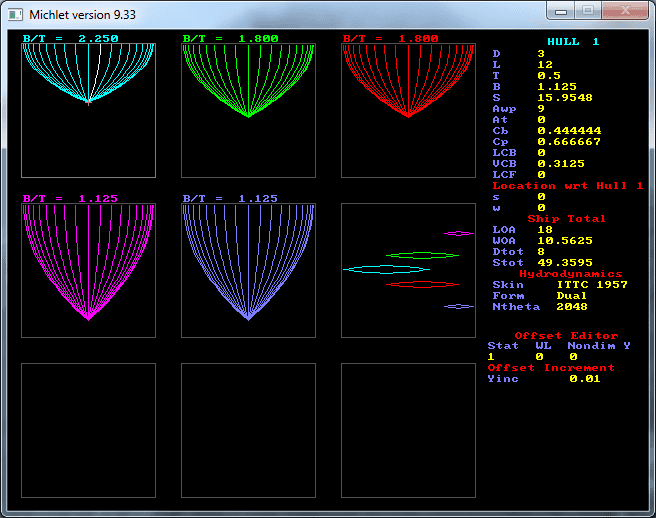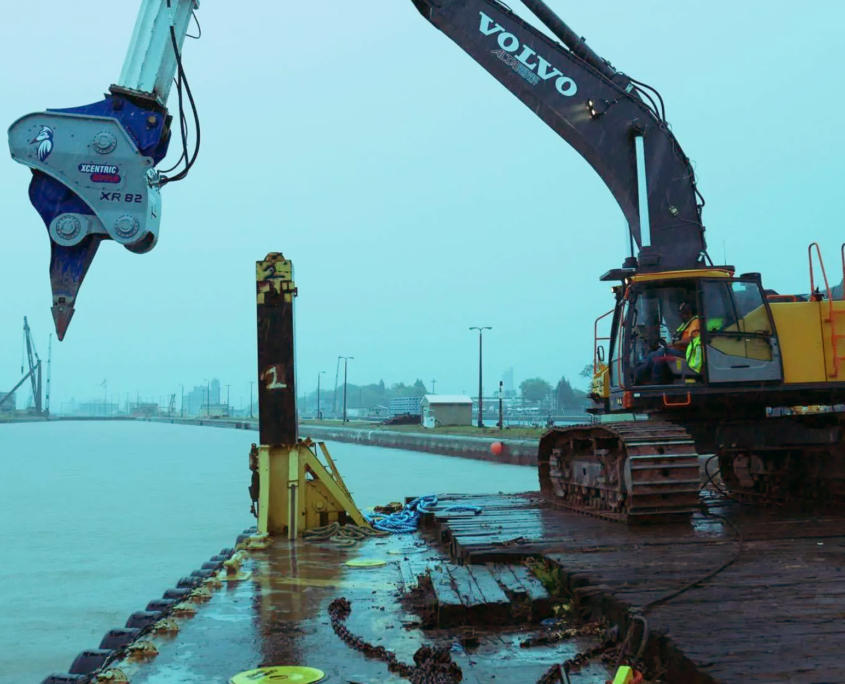DMS performed a resistance estimate on the hullform to determine the resistance as designed. We then employed a genetic optimization program to determine the optimum hull position. We then completed another set of resistance estimates for the final optimum configuration. All results were summarized within a report with extensive comment about the explanation for each feature in the resistance curve.
- Results included multiple trim angles
- Results included multiple resistance speeds
- Optimization runs utilized a velocity weighted approach
Most resistance estimate methods are pocketed with limitations. They only work within a specific set of conditions. DMS was careful to comment on those technical limitations in our final report. This allowed our client to perform their own risk assessment and segment the reliability of the data, based on their own needs.



